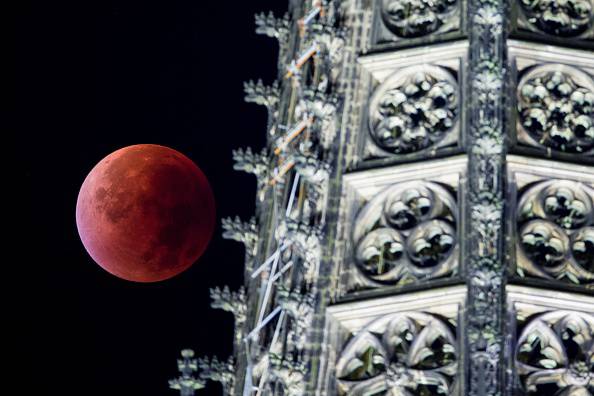

Dopo la luna blu e la luna rosa, ieri notte, molti di voi avranno assistito all’eclissi totale di luna, visibile in tutta l’Italia. Si tratta di un fenomeno estremamente raro, che dall’inizio del 900 si è verificato solamente 5 volte, l’ultima ben 33 anni fa, nel 1982.
La luna ha iniziato la sua eclissi alle 2.10 ora italiana e si è conclusa alle 7.23. Durante questo tempo è diventata progressivamente sempre più rossa fino all’oscuramento totale tra le 4.10 e le 5.25 del mattino. Data l’ora molto tarda però non tutti magari si sono alzati o hanno resistito in piedi fino alle prime luci dell’alba. Ecco allora noi di Viagginews.com vi proponiamo le foto più belle dell’eclissi.